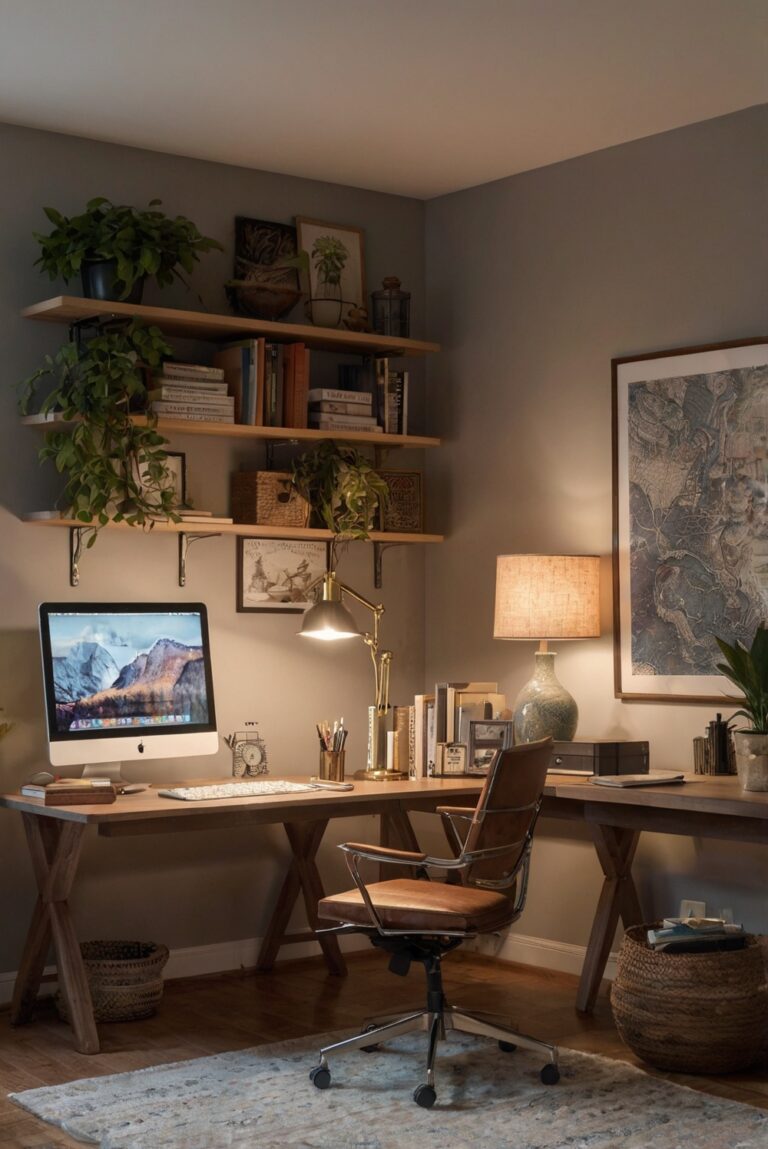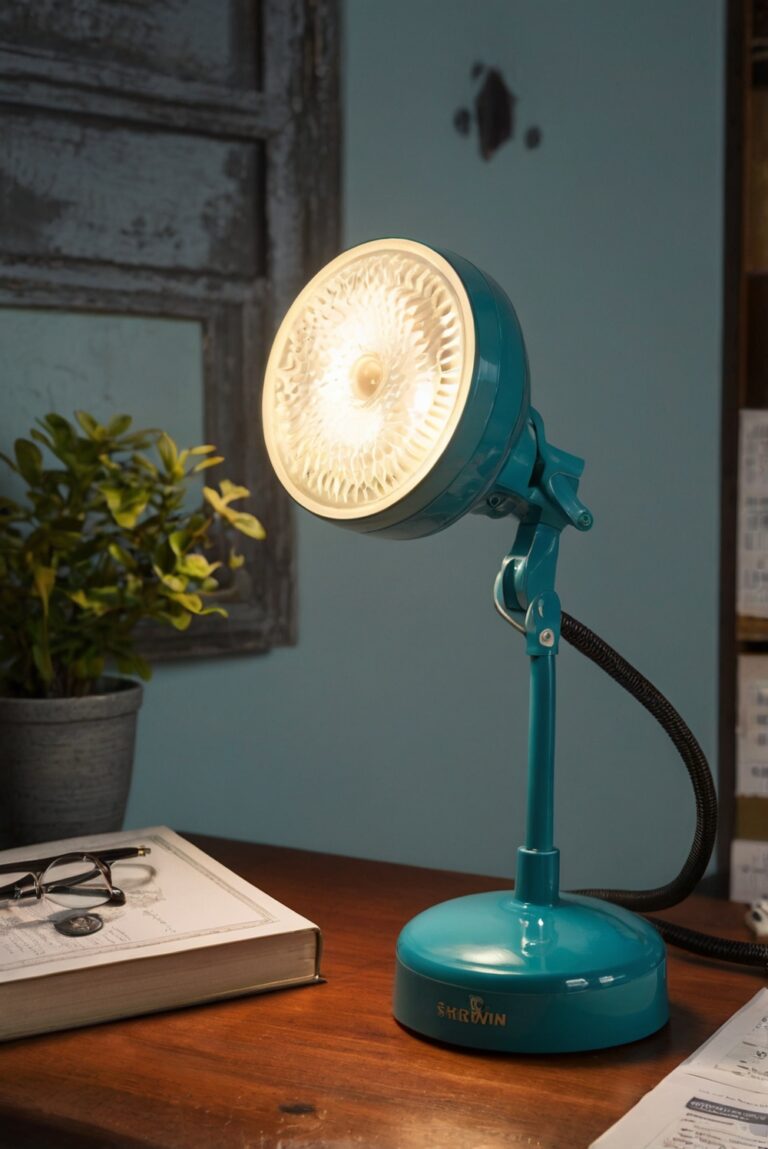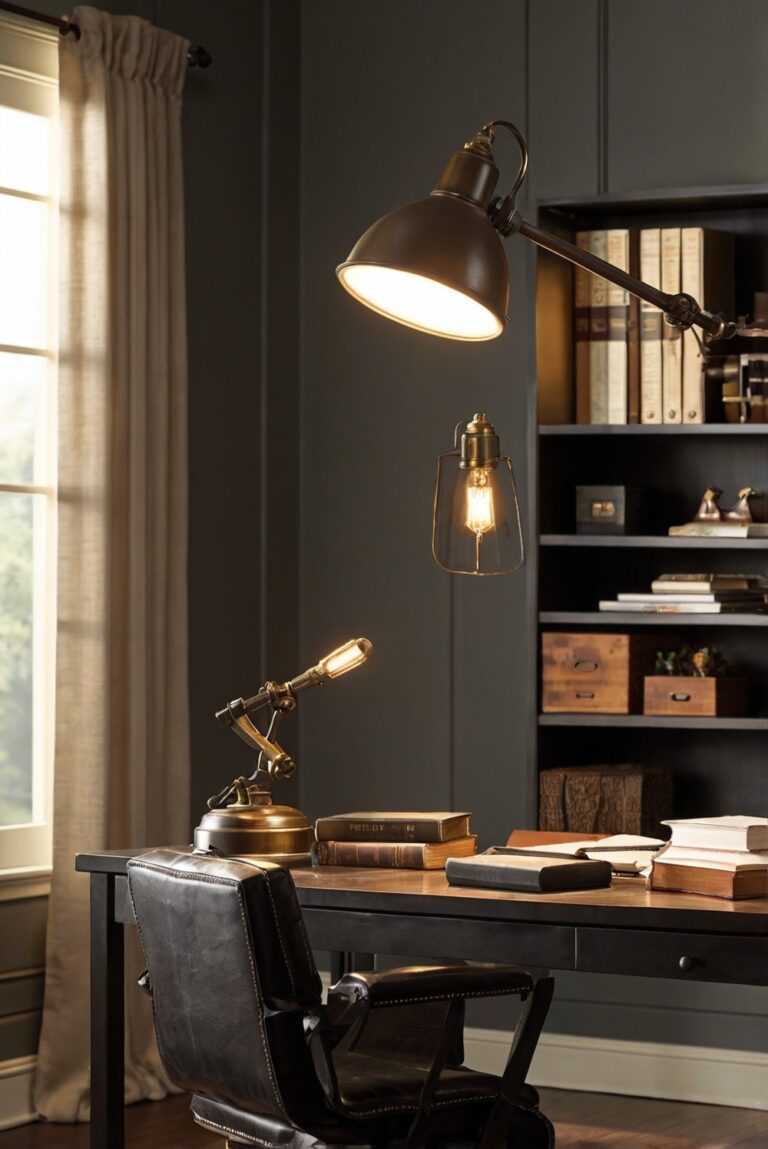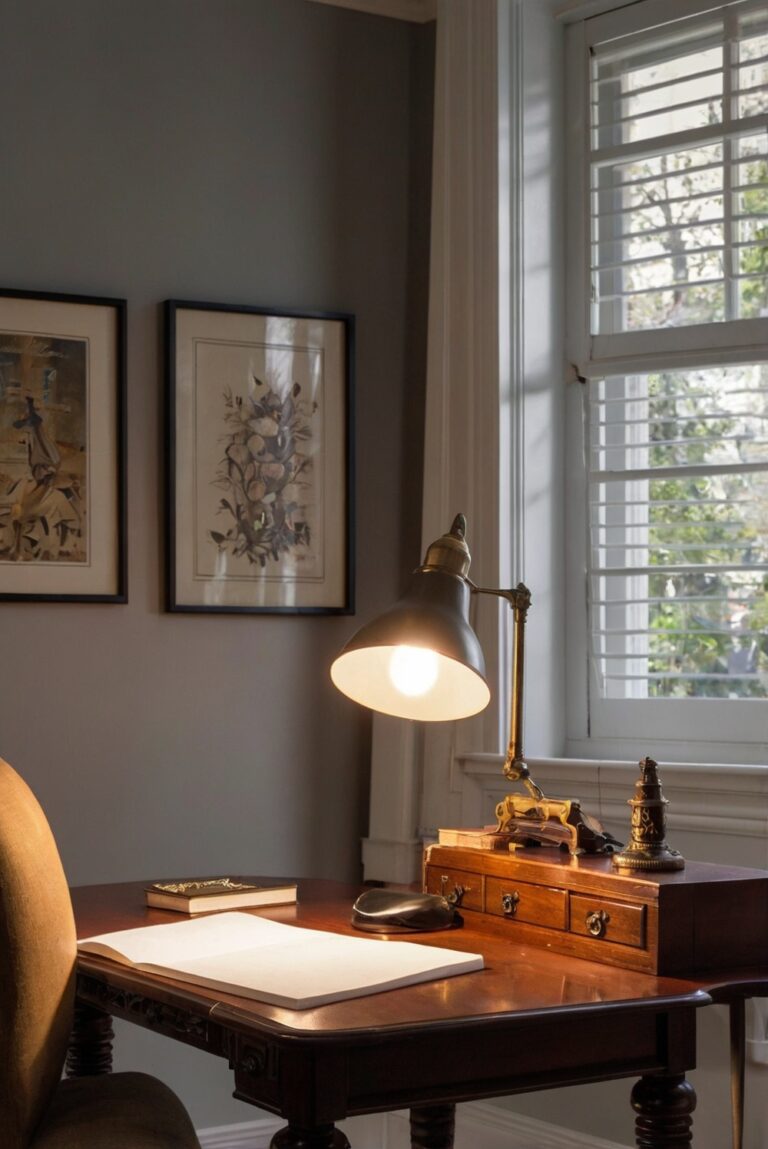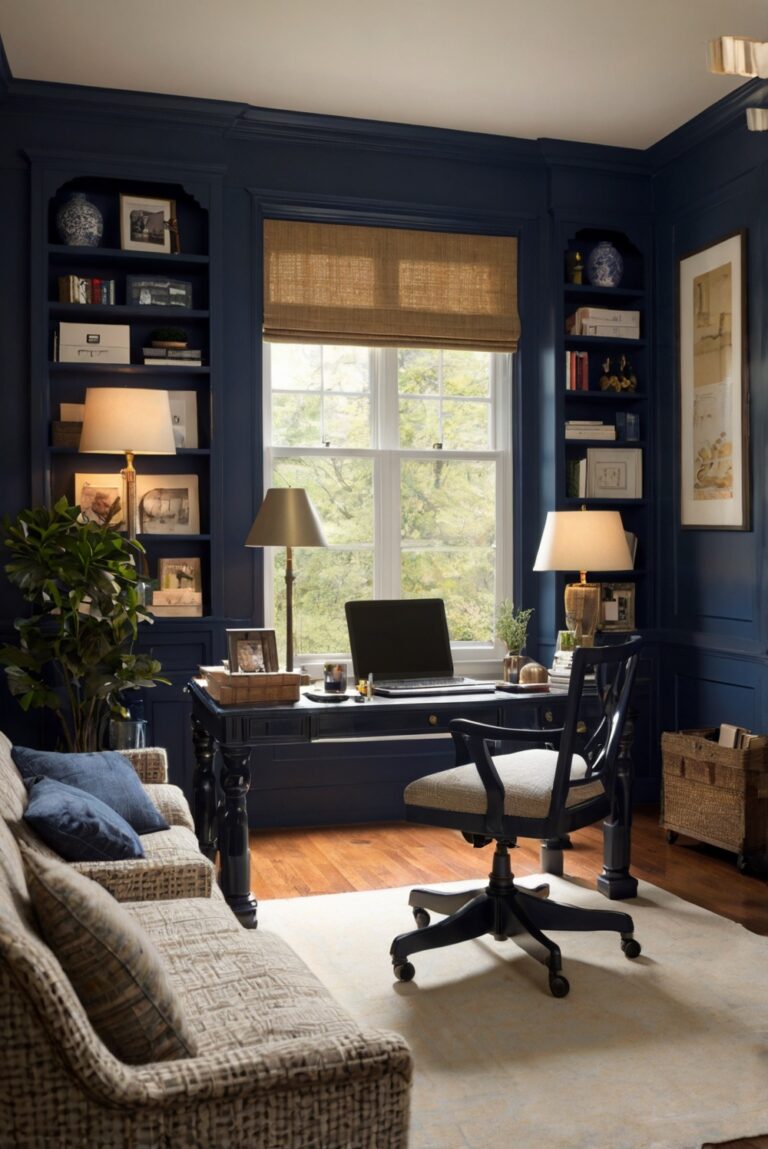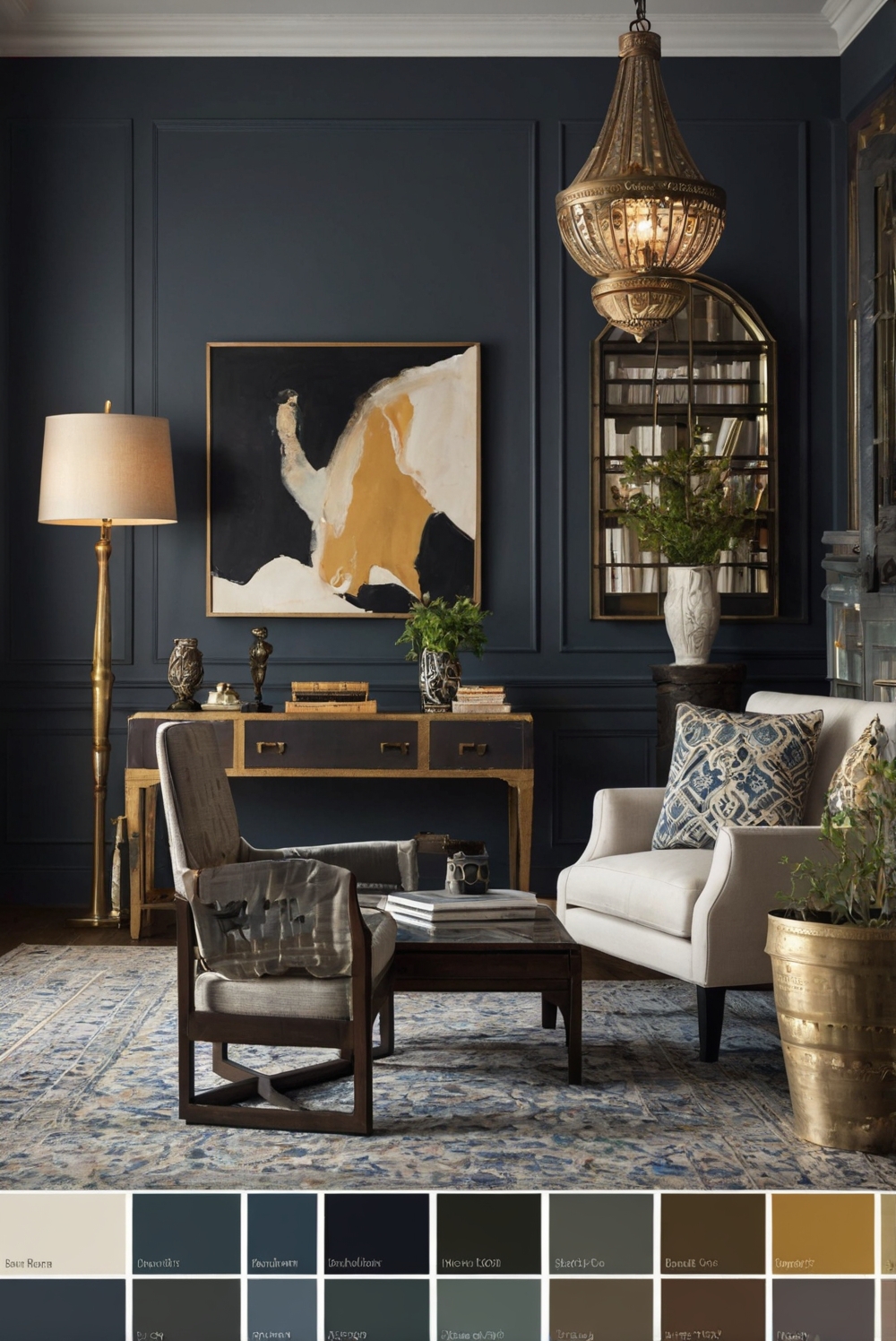
Explore the key to a harmonious home office decor with a thoughtfully coordinated lighting scheme. Elevate your space with these expert tips and tricks!
To create a coordinated lighting scheme for your home office decor, start by considering the functionality and ambiance you want to achieve. Make sure to incorporate task lighting for your work area, such as a desk lamp or overhead lights. Additionally, include ambient lighting like floor lamps or sconces for overall brightness.
To bring balance to the space, mix various types of lighting sources, like natural light through windows, pendant lights, and recessed lighting. Properly positioned lighting can enhance your home office decor, improve productivity, and reduce eye strain.
Remember to choose lighting fixtures that complement your overall home decorating style and interior design. Space planning is crucial when placing lights to avoid glare or shadows, so plan accordingly to create a harmonious environment.
How to Create a Coordinated Lighting Scheme for Your Home Office Decor?
1. Understand the Importance of Lighting
When it comes to designing a home office, lighting plays a crucial role in creating a functional and aesthetically pleasing space. Proper lighting can enhance productivity, reduce eye strain, and set the right mood for work. It is important to have a coordinated lighting scheme that combines ambient, task, and accent lighting to create a well-balanced environment.
2. Consider the Functionality
Before selecting lighting fixtures for your home office, consider the functionality of the space. Determine the tasks that will be performed in the office, such as reading, writing, or using a computer. Based on these activities, choose the appropriate lighting solutions that provide adequate illumination without causing glare or shadows.
3. Choose the Right Lighting Fixtures
Selecting the right lighting fixtures is essential to create a coordinated lighting scheme. Consider the size of your home office, the color scheme, and the overall decor style when choosing fixtures. Opt for adjustable task lights, overhead ambient lighting, and accent lights to create a layered lighting effect that can be customized based on your needs.
4. Layer Your Lighting
To create a coordinated lighting scheme, it is important to layer different types of lighting in your home office. Start with ambient lighting, such as ceiling lights or wall sconces, to provide overall illumination. Add task lighting, like desk lamps or under-cabinet lighting, to focus on specific work areas. Finally, incorporate accent lighting, such as floor lamps or picture lights, to highlight decorative elements in the room.
5. Consider Natural Light
In addition to artificial lighting, natural light can also play a significant role in creating a well-lit home office. Position your desk near a window to take advantage of natural daylight and reduce the need for artificial lighting during the day. Consider using sheer curtains or blinds to control the amount of natural light entering the room and prevent glare on screens.
In conclusion, creating a coordinated lighting scheme for your home office decor is essential for optimizing productivity and enhancing the overall aesthetic appeal of the space. By understanding the importance of lighting, considering functionality, choosing the right fixtures, layering different types of lighting, and incorporating natural light, you can design a well-lit and visually appealing home office that meets your needs.
1. What are the key elements to consider when creating a coordinated lighting scheme for your home office decor?
When creating a coordinated lighting scheme for your home office decor, the key elements to consider include the type of lighting (task, ambient, accent), the placement of fixtures, the color temperature of the light, and the flexibility of the lighting design. Task lighting is essential for work areas, ambient lighting sets the overall mood, and accent lighting highlights specific features. Proper placement of fixtures ensures even distribution of light. Choosing the right color temperature (warm or cool) can impact productivity and mood. Flexibility in the lighting design allows for adjustments based on different tasks or times of day.
2. How can different types of lighting fixtures be used to enhance the overall aesthetic of a home office?
Different types of lighting fixtures, such as pendant lights, track lights, table lamps, and floor lamps, can be strategically used to enhance the overall aesthetic of a home office. Pendant lights can add a touch of elegance and serve as focal points, while track lights offer flexibility in directing light to specific areas. Table lamps and floor lamps provide task lighting and can complement the decor style. Mixing and matching these fixtures can create visual interest and layering of light in the space, enhancing the overall aesthetic and functionality of the home office.
3. What are some tips for selecting the right color temperature for lighting in a home office?
When selecting the right color temperature for lighting in a home office, consider the activities that take place in the space. For task-oriented work, cooler color temperatures (5000-6500 Kelvin) are recommended to promote focus and alertness. For relaxation or reading areas, warmer color temperatures (2700-3000 Kelvin) create a cozy and inviting atmosphere. It’s important to maintain consistency in color temperature throughout the space to avoid visual discomfort. Dimmable fixtures can also provide flexibility in adjusting the color temperature based on the time of day or specific tasks being performed in the home office.
4. How can lighting control systems enhance the functionality and energy efficiency of a home office lighting scheme?
Lighting control systems, such as smart dimmers, sensors, and timers, can enhance the functionality and energy efficiency of a home office lighting scheme. Smart dimmers allow for precise control of light levels, creating the ideal ambiance for different tasks or activities. Motion sensors can automatically turn off lights when the space is unoccupied, reducing energy waste. Timers can be programmed to adjust lighting based on the time of day or personal preferences. Integrating these control systems into the lighting scheme not only improves convenience but also contributes to lower energy consumption and cost savings.
5. What are some creative ways to incorporate decorative lighting elements into a home office decor?
Incorporating decorative lighting elements, such as statement chandeliers, wall sconces, string lights, or LED strips, can add personality and style to a home office decor. A statement chandelier can serve as a focal point and bring a touch of luxury to the space. Wall sconces can provide ambient lighting and highlight artwork or architectural features. String lights or LED strips can create a cozy and whimsical atmosphere, perfect for relaxation or creative inspiration. Mixing and matching these decorative elements with functional lighting fixtures can elevate the aesthetic appeal of the home office while ensuring a well-coordinated lighting scheme that enhances both productivity and comfort.

